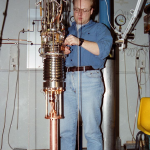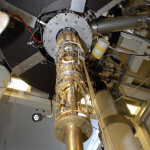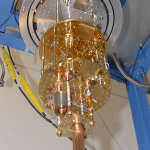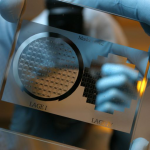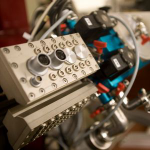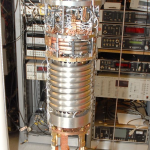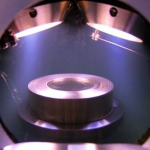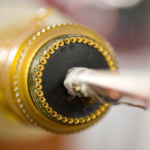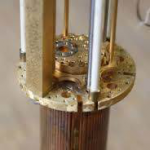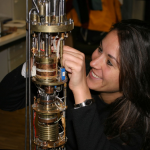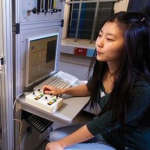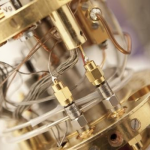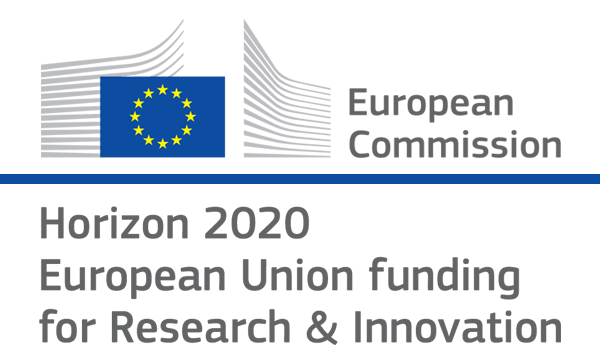

- Photon Transport in a Bose-Hubbard Chain of Superconducting Artificial Atoms
G. P. Fedorov et al., Phys. Rev. Lett. 126, 180503 (2021) - Path-Dependent Supercooling of the
He3 Superfluid A-B Transition
Dmytro Lotnyk et al., Phys. Rev. Lett. 126, 215301 (2021) - Superconductivity in an extreme strange metal
D. H. Nguyen et al., Nat Commun 12, 4341 (2021) - High-Q Silicon Nitride Drum Resonators Strongly Coupled to Gates
Xin Zhou et al., Nano Lett. 21, 5738-5744 (2021) - Measurement of the 229Th isomer energy with a magnetic micro-calorimeter
T. Sikorsky et al., Phys. Rev. Lett. 125 (2020) 142503
Displacemon Electromechanics: How to Detect Quantum Interference in a Nanomechanical Resonator
K. E. Khosla, M. R. Vanner, N. Ares, and E. A. LairdWe introduce the “displacemon” electromechanical architecture that comprises a vibrating nanobeam, e.g., a carbon nanotube, flux coupled to a superconducting qubit. This platform can achieve strong and even ultrastrong coupling, enabling a variety of quantum protocols. We use this system to describe a protocol for generating and measuring quantum interference between trajectories of a nanomechanical resonator. The scheme uses a sequence of qubit manipulations and measurements to cool the resonator, to apply two effective diffraction gratings, and then to measure the resulting interference pattern. We demonstrate the feasibility of generating a spatially distinct quantum superposition state of motion containing more than 106 nucleons using a vibrating nanotube acting as a junction in this new superconducting qubit configuration.
Phys. Rev. X 8, 021052 (2018)
doi: 10.1103/PhysRevX.8.021052
